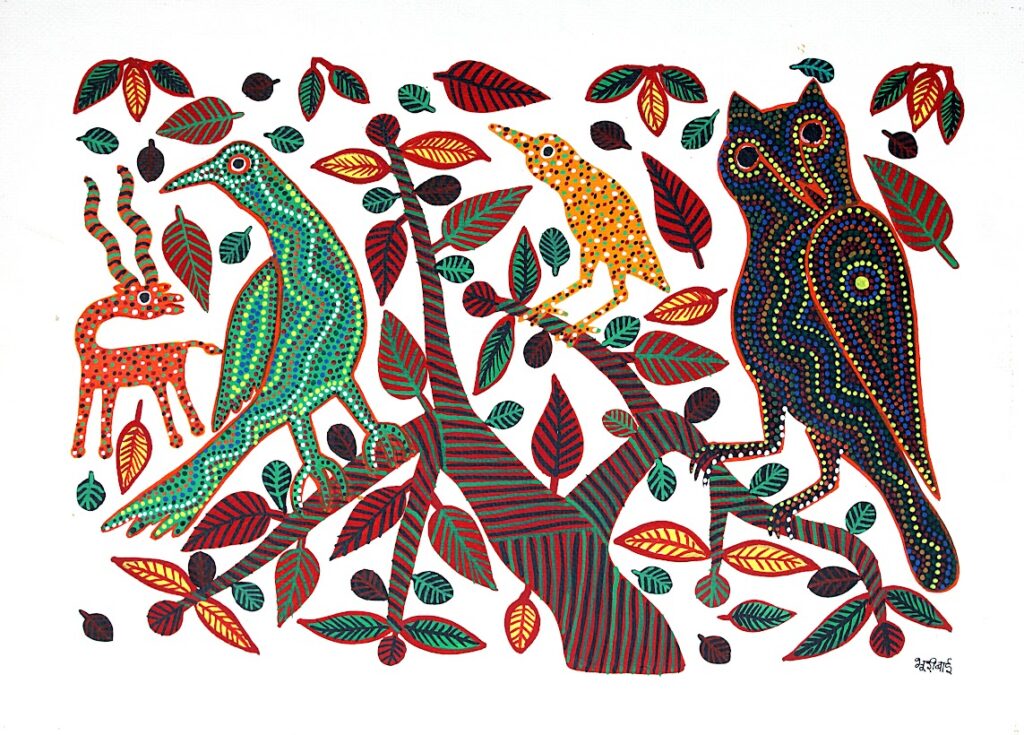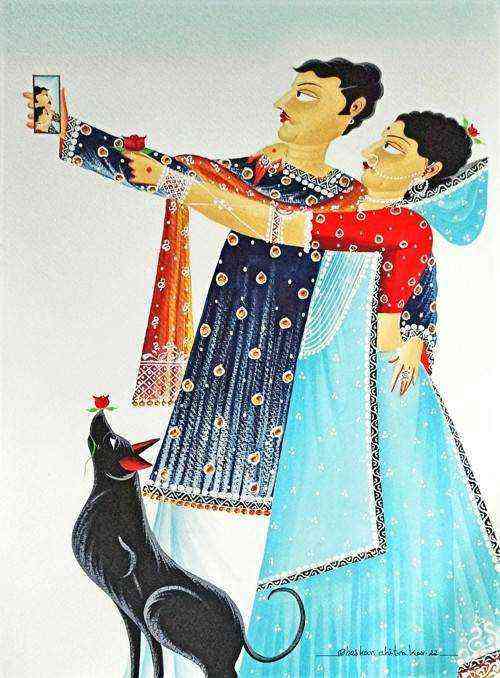By P Abigail Sadhana Rao
Is there a proper or improper way to view art? Because whether we like to admit it or not, we’ve all had that feeling of bewilderment when it comes to viewing art—maybe we’re just not grasping it.

The more you gaze or observe art, that which is in front of you, the more confused or disoriented you might become. Perhaps you may even begin to doubt your ability to interpret, or the feelings the artwork evokes in you. As a result, you may become reluctant to discuss your ideas with others for fear of being ridiculed for being so uninformed or ignorant of the artist’s goal.
However, just because you are not an art scholar doesn’t mean you can’t view as an expert. It’s simply a matter of understanding what to look for.

Art has been an integral part of human civilisation for thousands of years. It is a form of self-expression that enables artists to convey their ideas, thoughts, and emotions through various mediums such as painting, sculpture, photography, and more. Art can be seen as a mirror of society, reflecting the cultural, social, and political values of a particular time and place. Viewing art is not just about appreciating the aesthetics of a piece, but also about understanding its context, history, and meaning.
Understanding The Depth
When viewing art, the first thing that strikes us is its visual appeal. We are drawn to the colors, composition, and style of the artwork. However, it is essential to move beyond the surface and delve deeper into the artwork’s significance. Each piece of art has a story to tell, and it is up to the viewer to unravel it. One of the best ways to approach art is to adopt a curious and open-minded attitude.

Before viewing an artwork, take a few minutes to observe it closely. Look at the lines, shapes, and colors used by the artist. What do they convey? What emotions do they evoke? Notice the details and textures, and try to imagine the artist’s creative process. Once you have taken in the visual aspects of the artwork, you can move on to understanding its meaning.
Contextualise Viewing Art
Context is crucial when it comes to interpreting art. The time and place in which an artwork was created can significantly impact its meaning. Research the historical, cultural, and social background of the artwork. What is happening in the world at that time? What is the artist’s background and experiences? Knowing these details can help you better understand the artwork’s intent.
Art Is Subjective

Art can also be interpreted in many ways. It is subjective and can evoke different emotions and reactions from different people. It is essential to respect everyone’s interpretation of an artwork, as there is no right or wrong way to interpret it. Instead, focus on what the artwork means to you personally and how it resonates with your own experiences and emotions.
Understanding The Technical
When viewing art, it can also be helpful to consider the artwork’s technical aspects. Look at the composition, the use of light and shadow, the brushstrokes or sculpting techniques used, and any other technical details that contribute to the artwork’s overall effect. Understanding the technical aspects of art can help you appreciate the artist’s skill and talent.
Another important aspect of viewing art is learning to appreciate different styles and mediums. Art can take many forms, from abstract expressionism to realism, from painting to photography. Each style has its unique characteristics and appeal. Be open to exploring different types of art and learn to appreciate the diversity of the art world.
Quit The Habit Of “Not Questioning”

It was Steve Jobs who once said, “Stay hungry and foolish.” So don’t be afraid to ask questions when viewing art. Museums and galleries often have guides or curators who can provide insights and answer any questions you may have. You can also participate in art discussions and online forums to learn more about different artworks and their interpretations.
All things considered, viewing art is not just about appreciating its visual appeal, but also about understanding its context, history, and meaning. By adopting a curious and open-minded attitude, delving deeper into the artwork’s significance, and learning to appreciate different styles and mediums, we can gain a greater appreciation for the art world and the messages it conveys.